Lions, often referred to as the “Kings of the Jungle,” hold a unique position among the big cats due to their social behavior. Unlike their solitary relatives such as tigers, leopards, and jaguars, lions have evolved to lead a lifestyle that emphasizes group living. This article aims to explore the fascinating journey of how lions became the only social big cats, examining the behavioral, ecological, and evolutionary reasons that set them apart.
The Evolutionary Path of Lions

Lions diverged from other big cats approximately 3.5 million years ago. While the specific reasons for their social behavior are still a subject of scientific inquiry, it is believed that their early ancestors adapted to more open environments where cooperation offered an evolutionary advantage. Living in savannas and grasslands meant larger prey and the absence of dense cover, paving the way for communal living.
The Structure of a Lion Pride
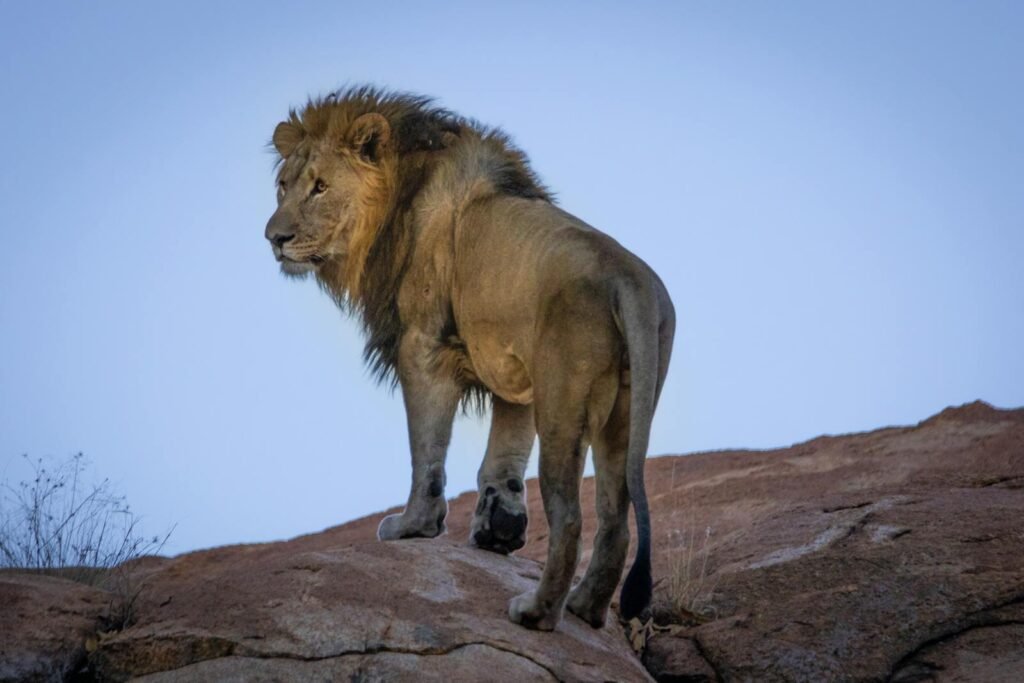
A lion pride typically consists of related females, their offspring, and a smaller number of males. This family-based system enhances cooperation in hunting and territory defense. Females, often sisters, serve as the core of the pride, ensuring its continuity and stability over generations.
Hunting Advantages in Groups

The teamwork within a pride enables lions to take down larger prey such as wildebeest, zebras, and even buffalo. A coordinated attack allows them to outmatch prey that would be near impossible for a solitary cat. This collaborative hunting approach not only ensures a greater food supply but also increases the survival rates of young cubs.
Defense Against Rivals and Predators
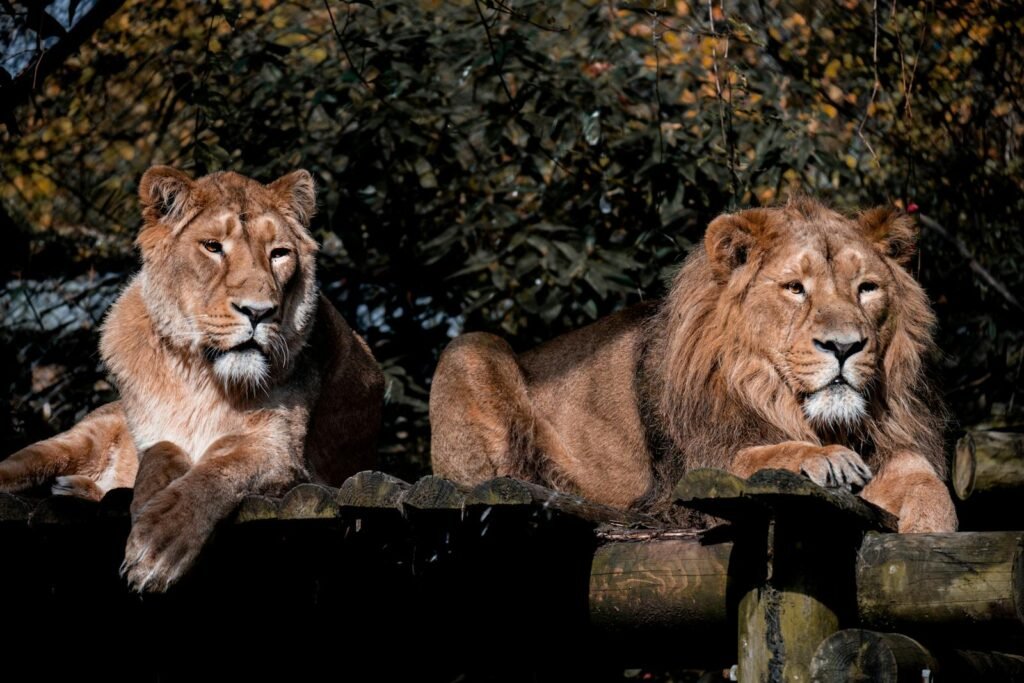
Lions face threats from both rival prides and other predators like hyenas. Living in groups provides a strategic advantage in protecting the pride’s territory and resources. Males are particularly crucial in this aspect, as they defend against other males that threaten to take over their territory by force.
Raising Cubs: A Collective Effort
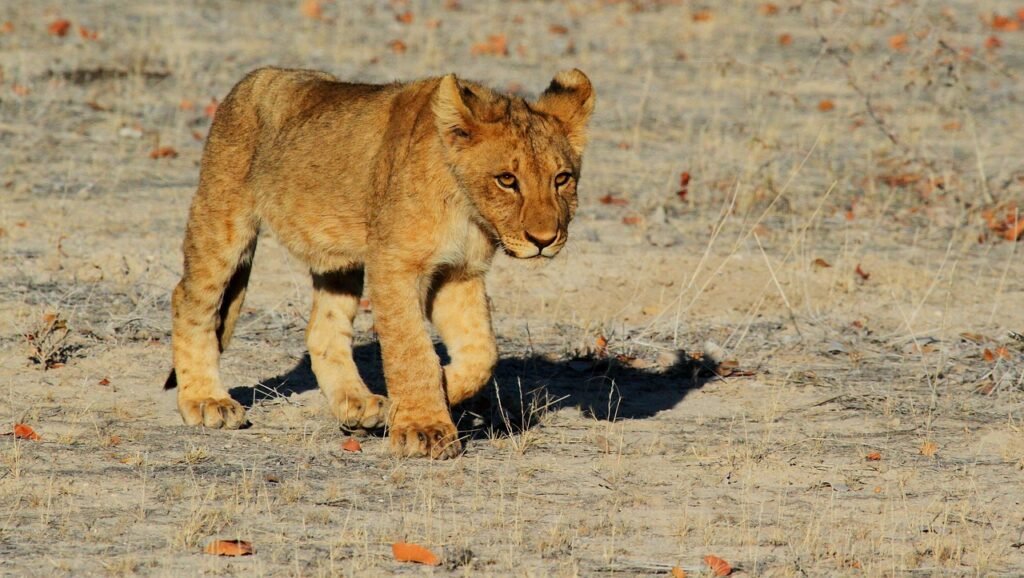
The social nature of lions is most apparent in the raising of cubs. Female lions will often synchronize births to maximize the chances of survival, with communal nursing allowing cubs to access milk from any lactating female in the pride. This communal child-rearing not only fosters kinship bonds but also ensures that offspring receive adequate care, even if their mothers are out hunting.
Social Bonds and Communication

Lions communicate using a range of vocalizations that serve to strengthen social bonds within the pride. From spine-chilling roars to affectionate grooming, these interactions are essential for maintaining the group’s cohesion. Roaring, for instance, signals territory boundaries and serves as a deterrent to intruders, while grooming helps reduce tension and reinforce social connections.
The Role of Males in the Pride

While the females are the primary hunters, the males play a critical protective role. They are tasked with defending the pride’s territory and fending off male competitors. A takeover can be brutal, often resulting in infanticide, emphasizing the importance of strong defensive strategies for the pride’s overall stability.
Resource Sharing and Hierarchy
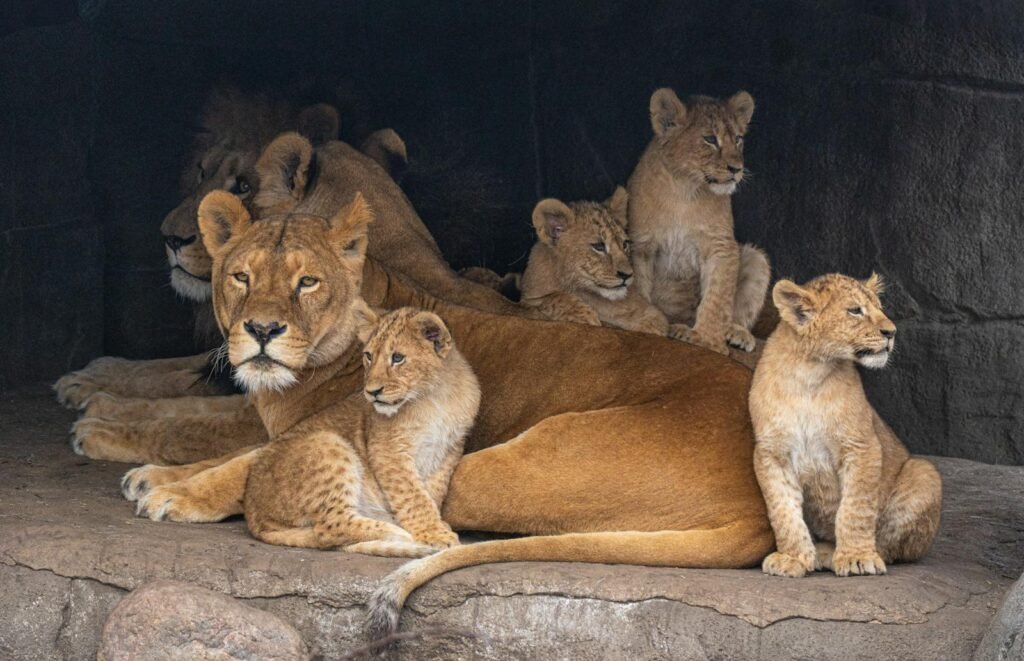
Within a pride, a hierarchy exists that dictates access to resources such as food. This hierarchy ensures an organized system of sharing, where dominant individuals—usually males—feed first, followed by females and cubs. Respecting this hierarchy reduces intra-pride conflict and fosters cooperation.
The Larger Territory Need
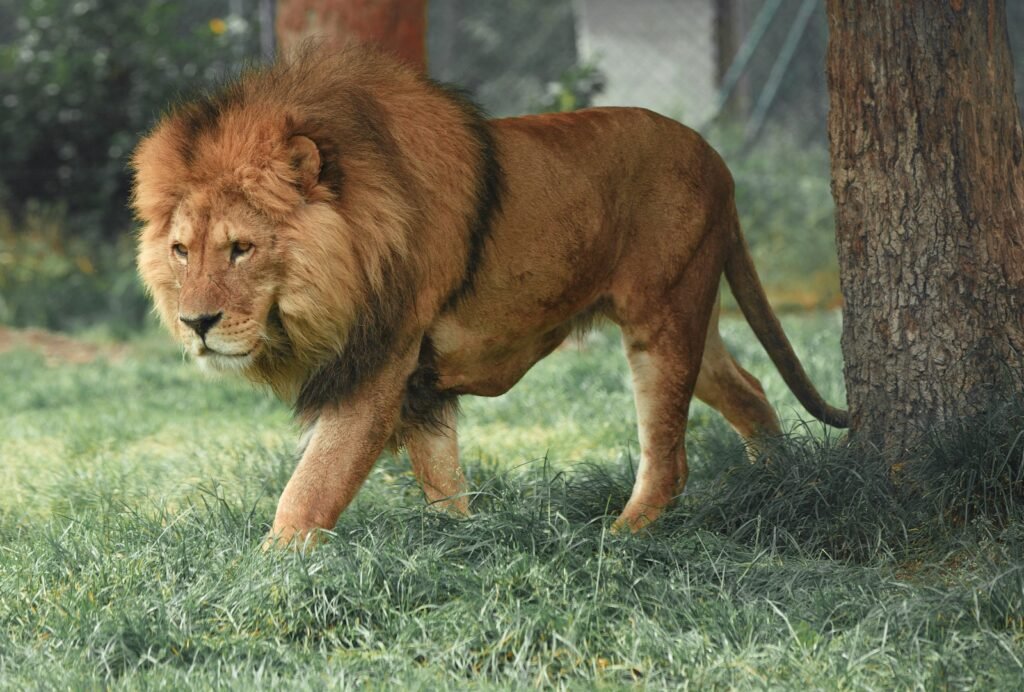
Unlike solitary cats that can survive with smaller territories, lions require large areas to support multiple adult members. This need for space allows for greater resource availability, reducing competition and enabling the pride to thrive in a challenging ecosystem.
The Benefits of Social Synchronization
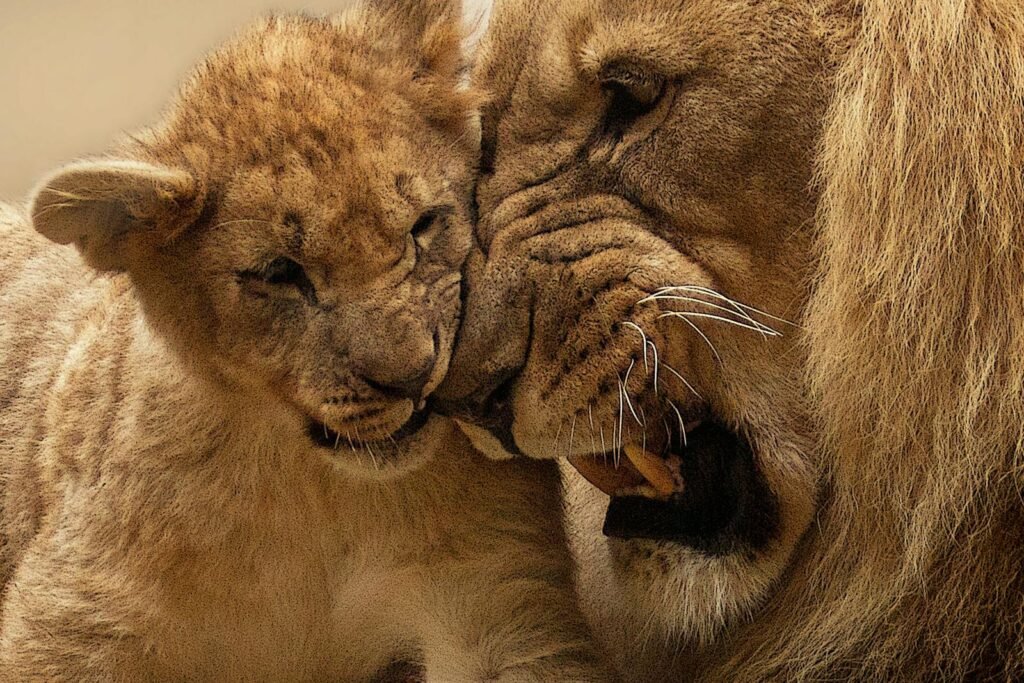
In many aspects, lions exhibit synchronized behaviors that boost their survival odds. From synchronized birthing to coordinated hunting efforts, these behaviors demonstrate how social living provides a distinct advantage. Such synchronicity within prides is a defining trait of lion society.
What Sets Lions Apart From Other Big Cats?
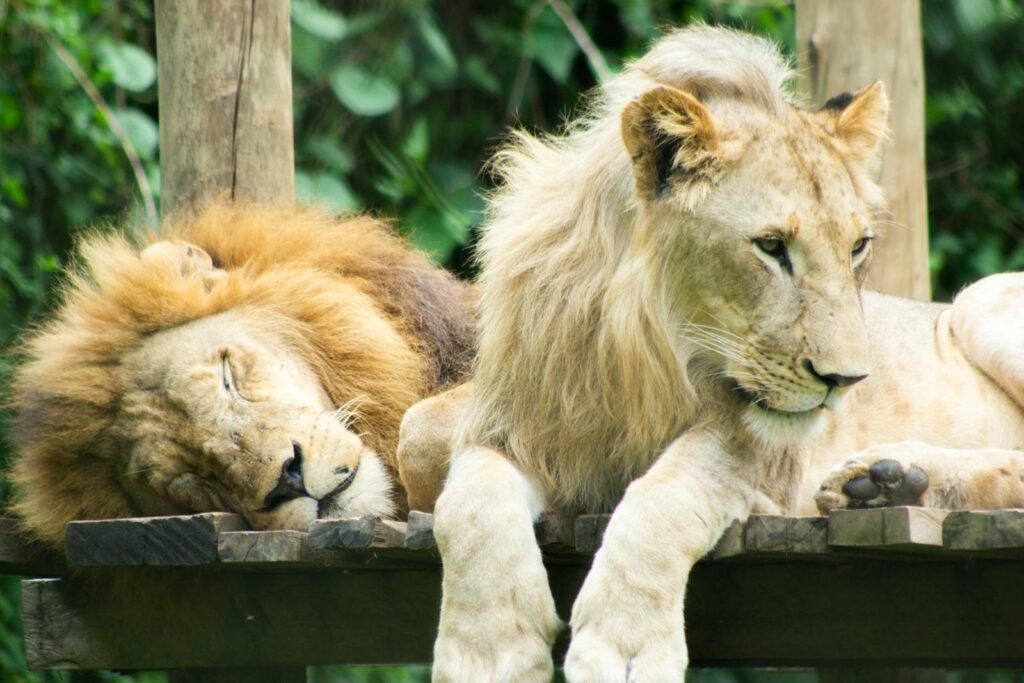
In contrast to solitary big cats, lions’ sociability can be attributed to their specific environmental and ecological pressures. The open plains and the necessity to hunt larger herbivores have naturally selected for a cooperative lifestyle, reshaping their behavioral patterns over millennia.
The Future of Social Behavior in Lions
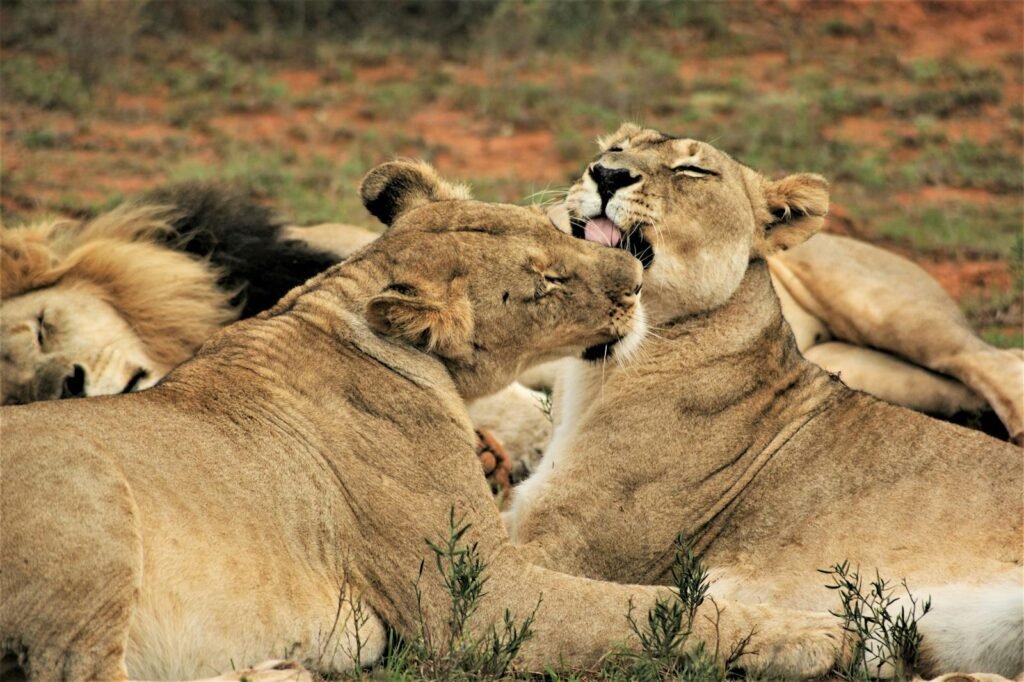
The social structure of lions faces many challenges in today’s rapidly changing world. Human encroachment, habitat loss, and dwindling prey populations threaten the dynamics of lion prides. Conservation efforts must focus on preserving large, contiguous habitats conducive to their social needs.
Conclusion: The Triumph of Social Living
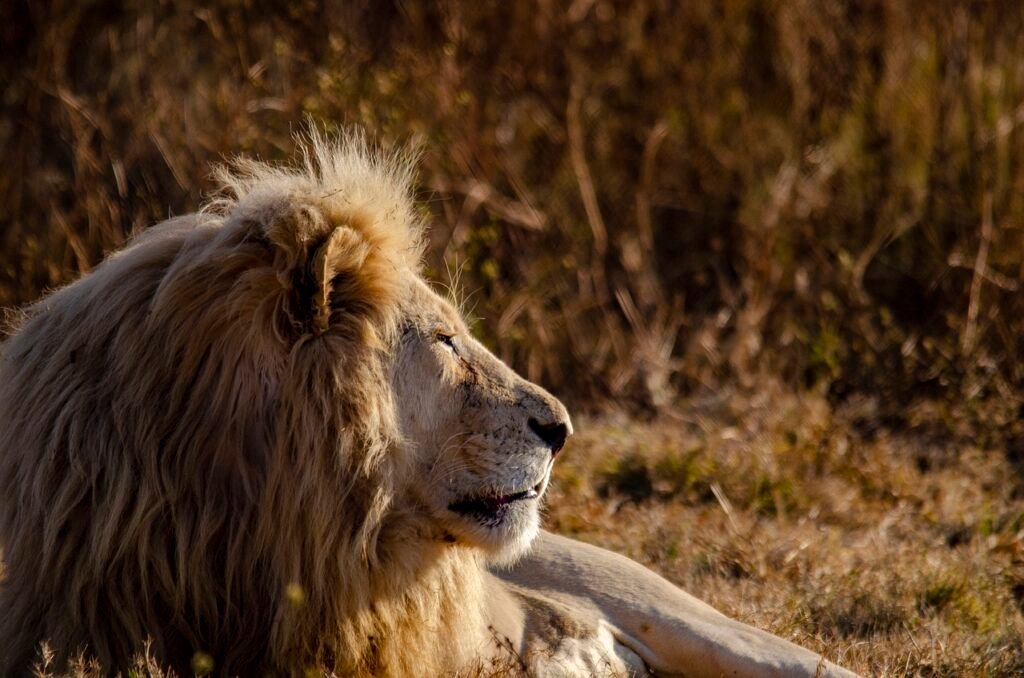
The social nature of lions is indeed a marvel of evolution and adaptation. Through cooperation, they gain advantages in hunting, territory defense, and cub-rearing, setting them apart from their solitary relatives. By understanding and preserving these social structures, we not only safeguard a magnificent species but also honor one of nature’s most extraordinary success stories. Through continuous research and conservation efforts, the noble lions may continue to thrive as the social ambassadors among the big cats.

Linnea is a born and bred Swede but spends as much time as possible in Cape Town, South Africa. This is mainly due to Cape Town’s extraordinary scenery, wildlife, and atmosphere (in other words, because Cape Town is heaven on earth.) That being said, Sweden’s majestic forests forever hold a special place in her heart. Linnea spends as much time as she can close to the ocean collecting sea shells or in the park admiring puppies.






